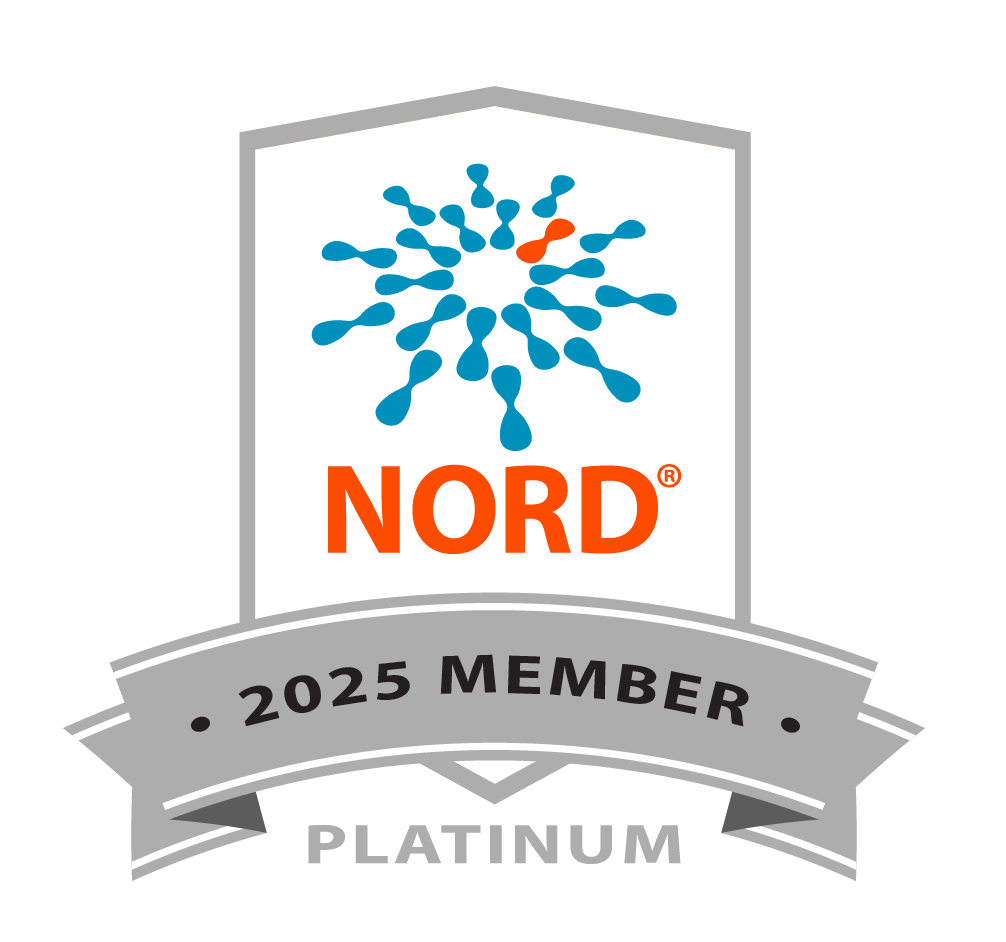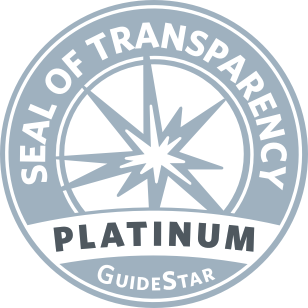Philadelphia Virtual Speaker Series
Wednesday, January 26th, 2022, 6:30 PM (EST)
Location
Virtual Event via Zoom
Philadelphia, PA
RSVP
RSVP TodayThe Foundation Fighting Blindness Philadelphia Chapter invites you to join us for our Virtual Speaker Series event. This meeting will feature a presentation by Lauren J. Lieberman Ph.D.-, Director of Camp Abilities.
This will be a virtual session that will highlight many of the resources that are available for children in the community. Register today!






